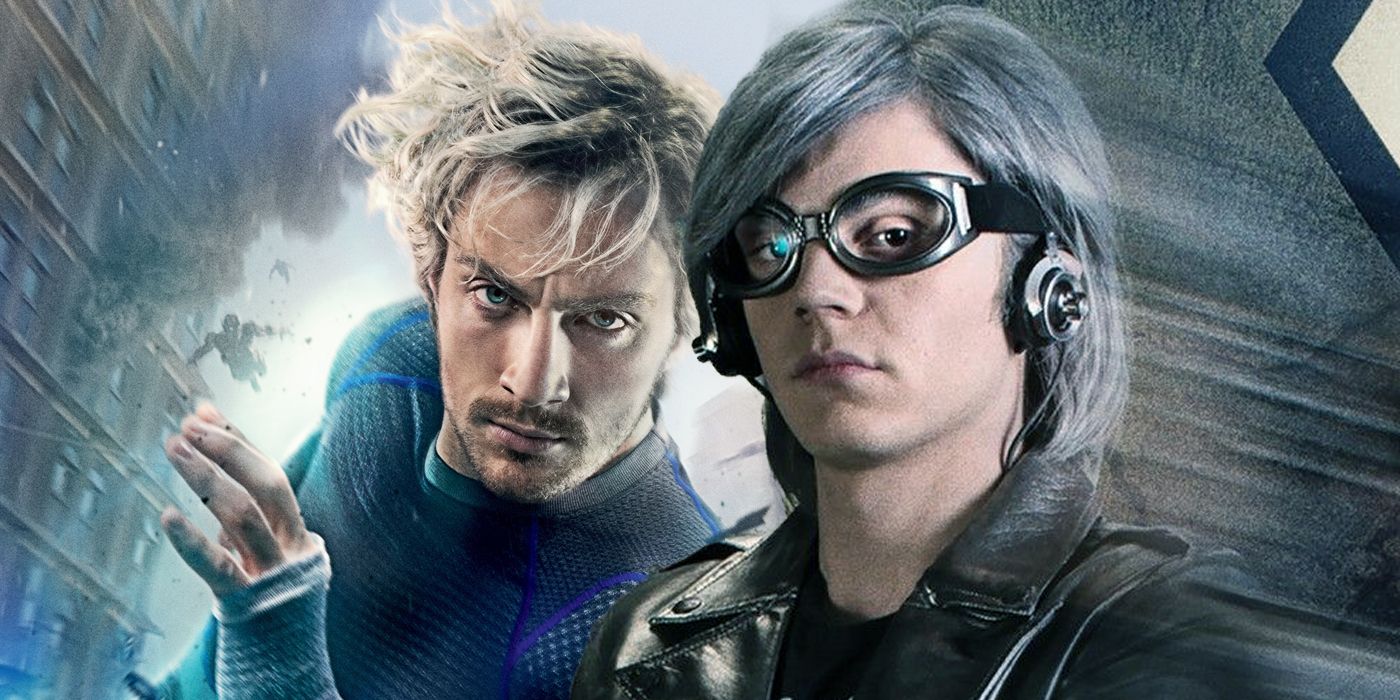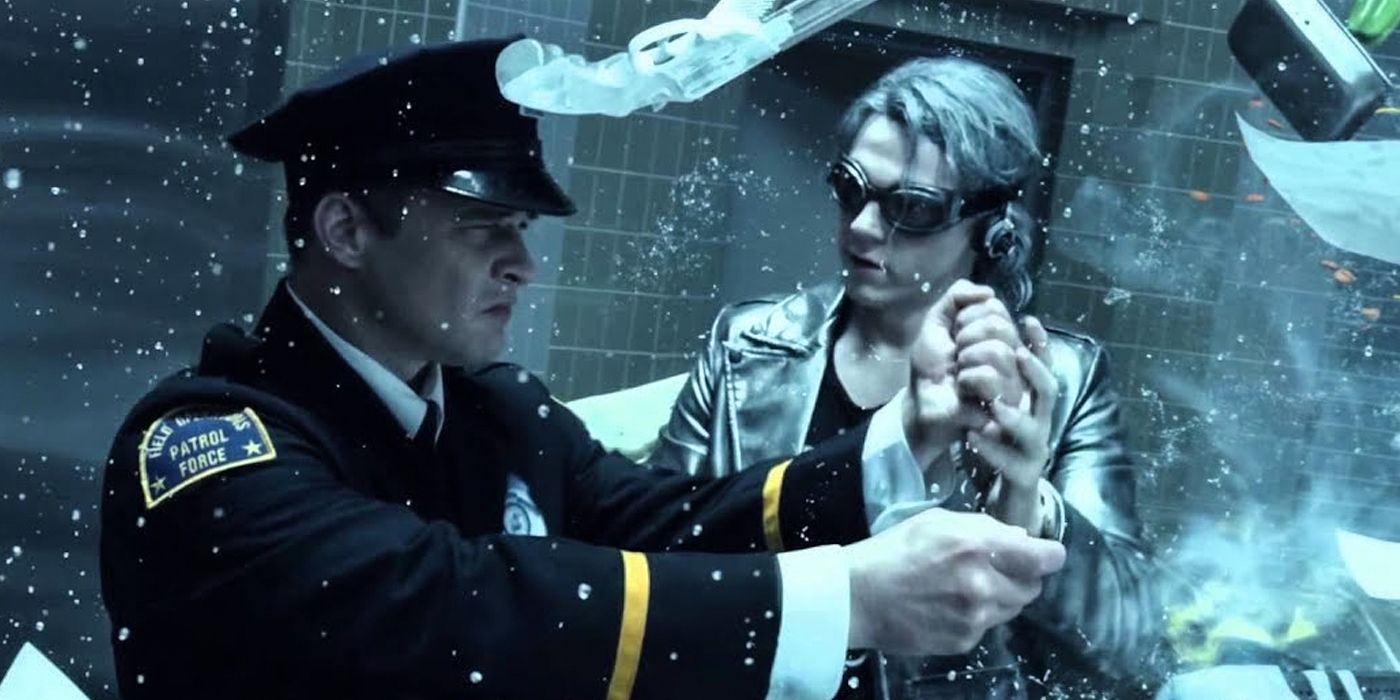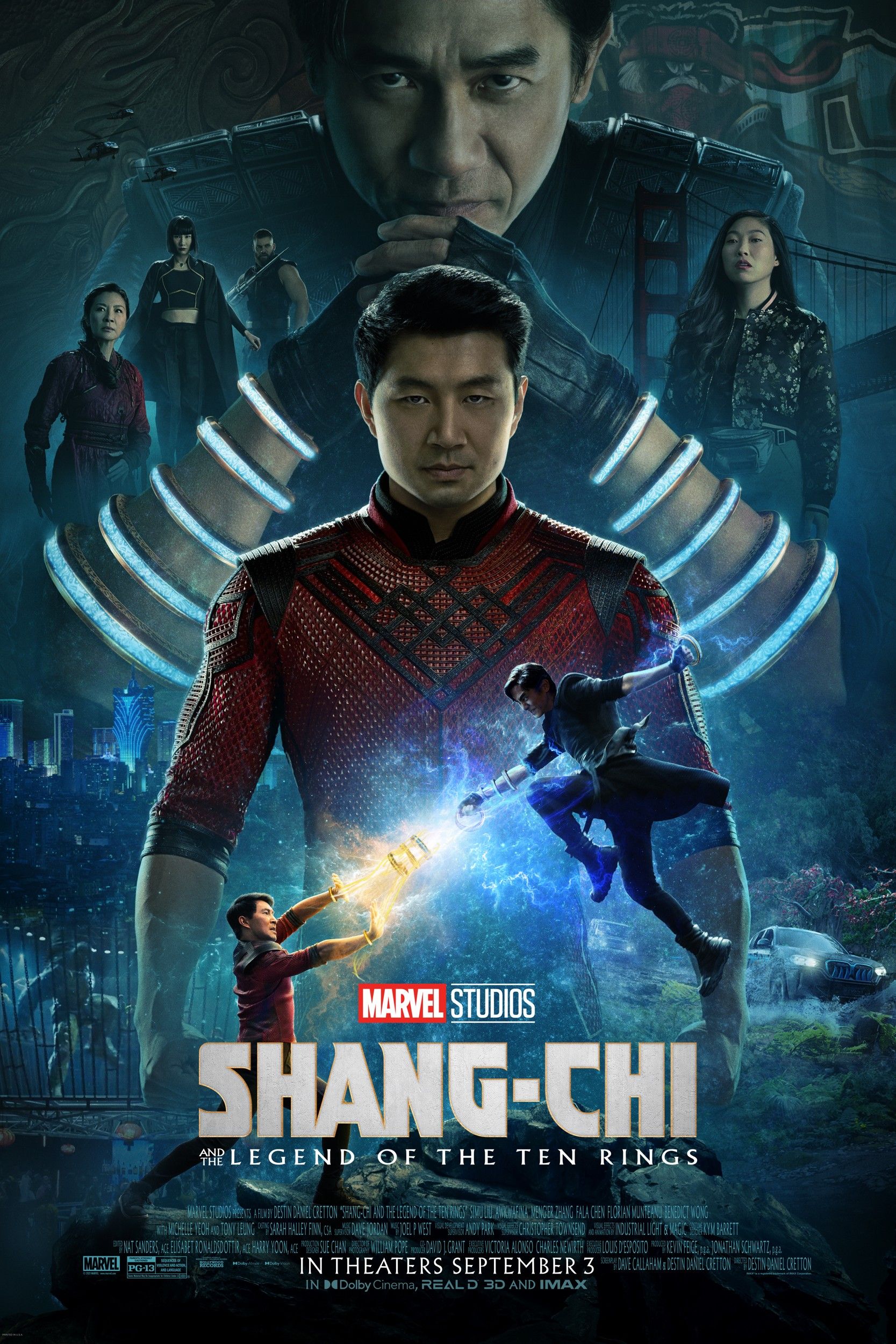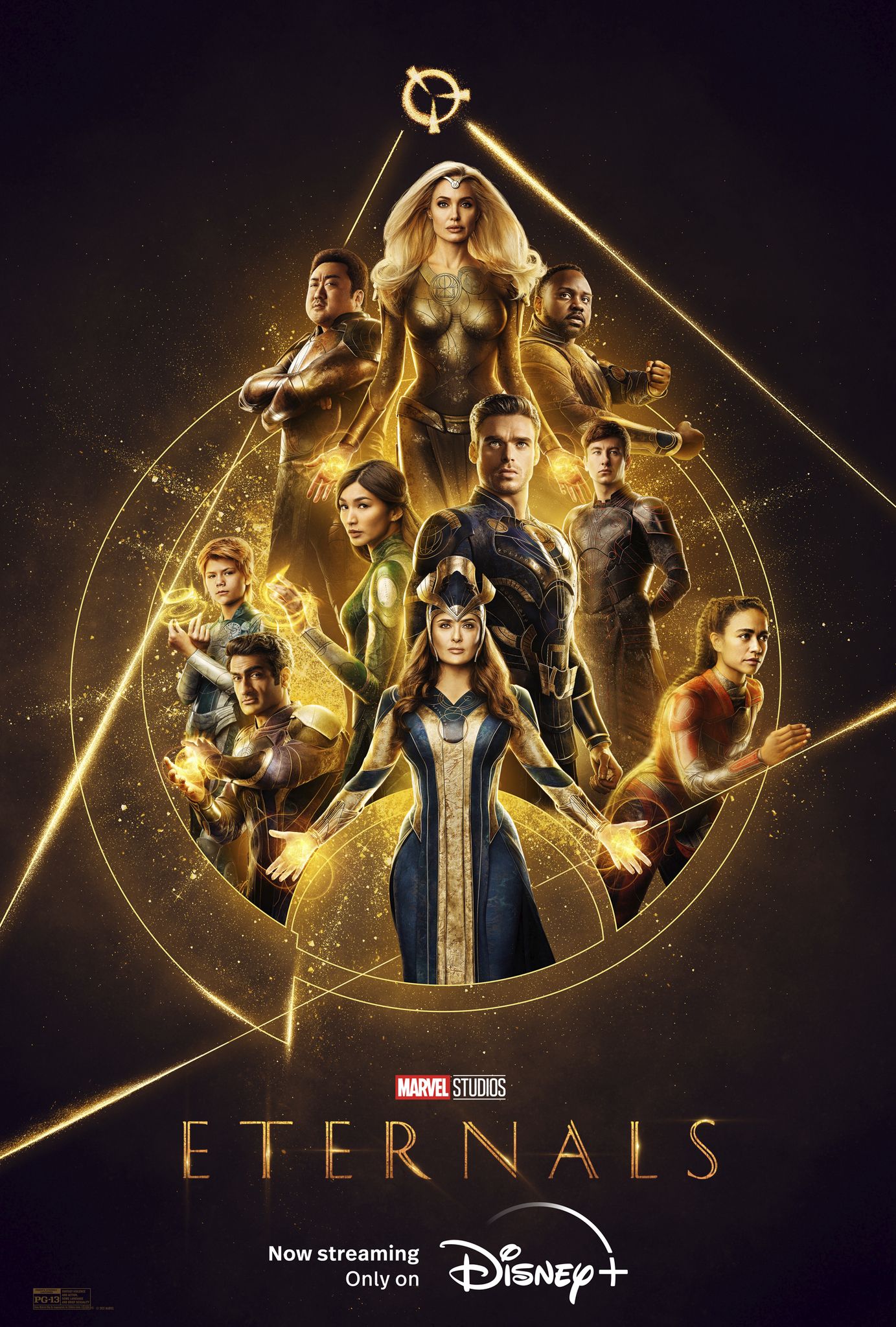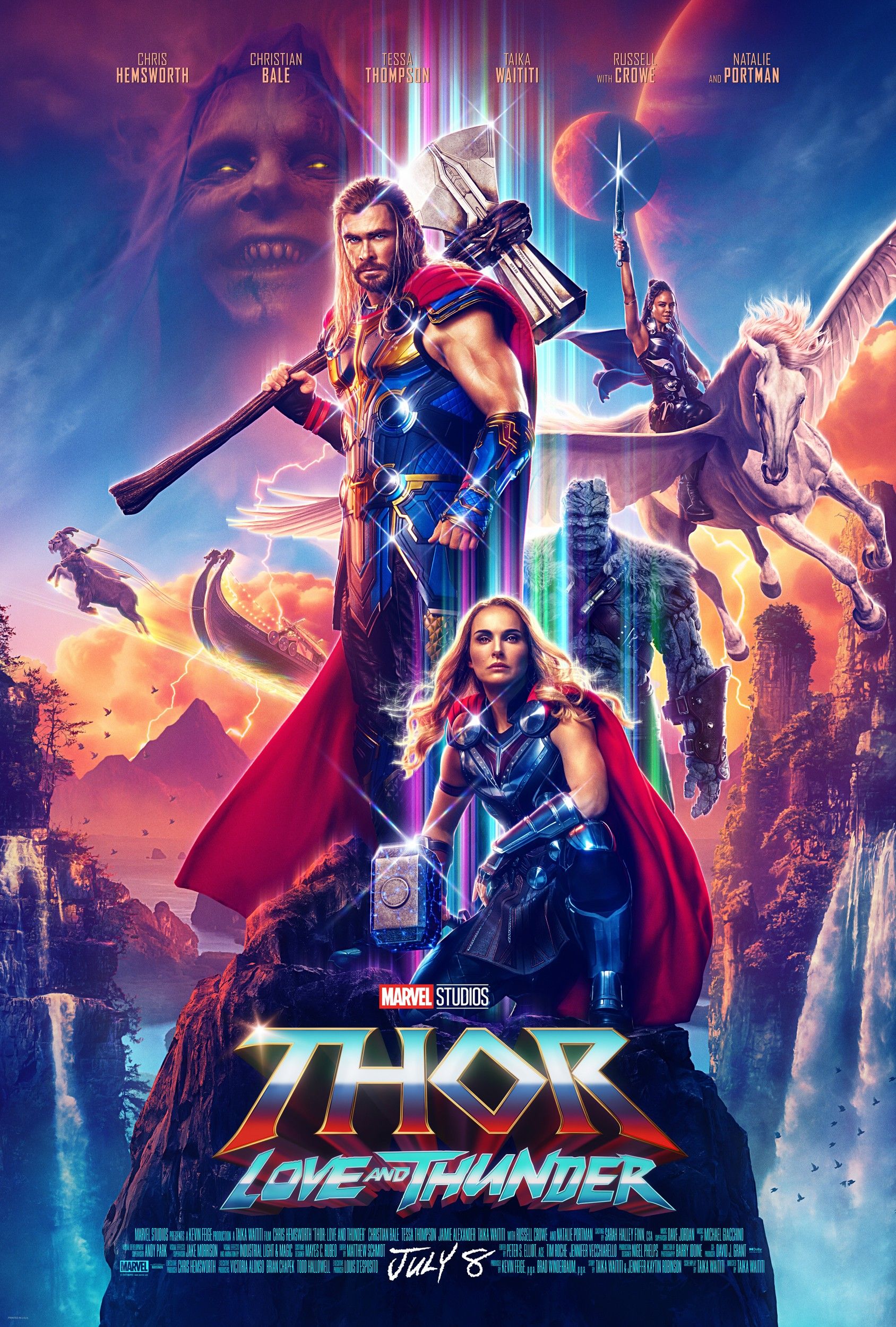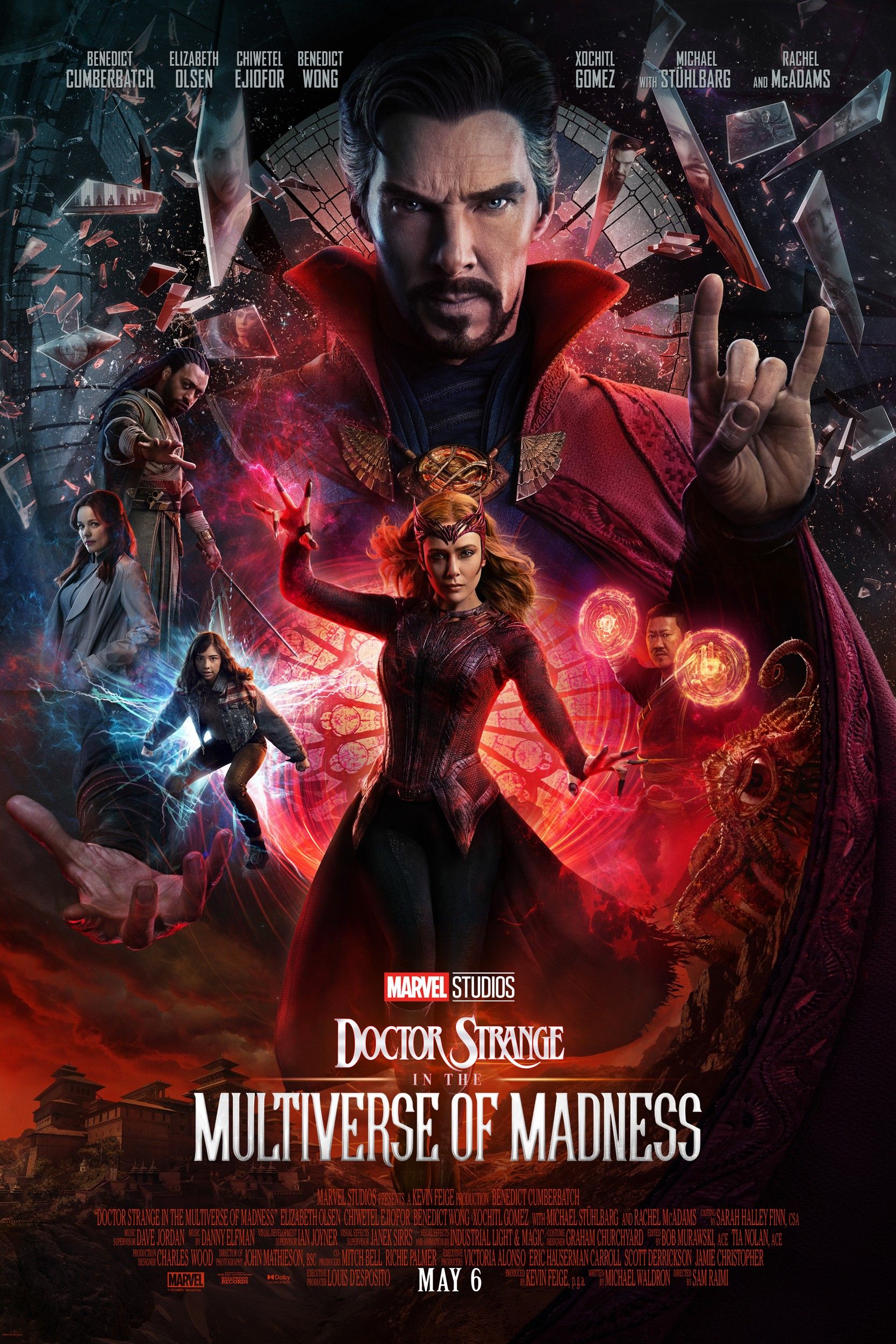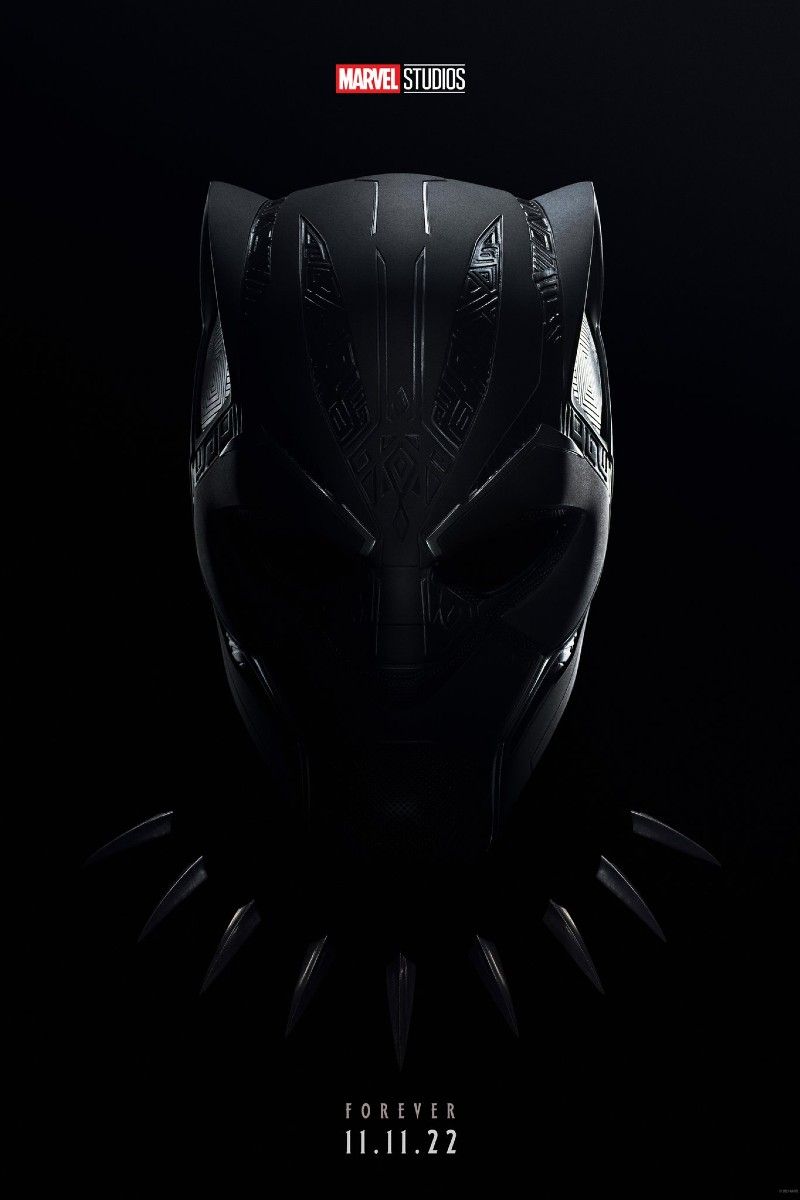With Evan Peters racing into the Marvel Cinematic Universe after his appearance as Quicksilver in WandaVision, comparisons to Aaron Taylor-Johnson’s Quicksilver are inevitable. Fans will always have their preference, but when it comes down to the scope of their abilities and the use of both characters in their respective franchises, X-Men comes out on top.
With Marvel’s film rights originally split between 20th Century Fox and Disney, the X-Men and Avengers franchises presented different versions of the speedster. The MCU was unable to use Mutant lore, and instead gave Pietro a new background as a war-torn orphan who receives his powers from HYDRA's experimentation with the Mind Stone. While the X-Men franchise couldn't include Peter's association with the Avengers, it had free use of Mutant lore to build up the character and eventually reveal that Magneto was his father.
Pietro gave audiences a darker, broodier Quicksilver in Avengers: Age of Ultron; a Quicksilver who had potential, but was killed off way too soon. First introduced in X-Men: Days of Future Past, Peter was a more relatable comedic relief that even critics of the X-Men franchise have taken a liking to. When it comes to likeability, Peters’ Quicksilver has won the audiences’ favor. The debate on character designs is much more subjective, but seems evenly divided. Some find Pietro’s costume realistic and canon-compliant, while others say he looks fresh out of a sporting goods store - surrounded by some of the flashier Avengers, Pietro’s gear is a little bland. While some were hesitant on Peter’s '80s style, his silver locks, metallic jacket, and Pink Floyd merch definitely had a retro cool style.
The most disappointed thing about MCU’s Quicksilver is just how little screen time he was given. Besides a short cameo in Captain America: The Winter Soldier, Taylor-Johnson is introduced and killed off in a single movie, ruining any potential his character had. While not canon to the comics, Pietro’s new backstory could have made for an interesting character arc. Instead, he was primarily used as a plot device to push Wanda and Hawkeye forward in their own narratives. The use of his abilities in Age of Ultron was pretty unimaginative; he ran fast, and he ran fast well, but the most exciting contribution he made to the film was his death.
By contrast, Peters’ Quicksilver started as a minor character but quickly stole the show with slow-motion scenes that are easily some of the most beautifully composed in recent superhero film history. X-Men also utilized Quicksilver’s abilities in more unique ways - vibrating his hands fast enough to shatter glass, navigating zero-G, and even the throwaway mischief he gets up to while saving the day (like giving a teenager a quick cowlick before rescuing him from an explosion).
When it comes down to the use of his powers it’s easy to see that Peters’ Quicksilver is the quicker-silver here. In X-Men: Days of Future Past, Peters incapacitates a room of armed guards in his slow-motion Pentagon rescue to Jim Croce’s “Time in a Bottle,” by nudging bullets out of the way and setting up comical ways to take down his opponents when normal time resumed. In Avengers: Age of Ultron, Taylor-Johnson’s powers are less flashy and less impressive; instead of moving faster than a bullet, the MCU Quicksilver is only fast enough to catch them. Even in the few moments of slow-motion footage, MCU’s Quicksilver never seems to reach his full potential. Joss Whedon has stated in a behind-the-scenes featurette that MCU’s Quicksilver can move “faster or as fast as a speeding bullet,” whereas X-Men’s Quicksilver is moving faster than the speed of sound. With numbers like those, Peters’ Quicksilver has won this race.

